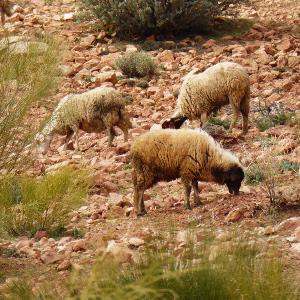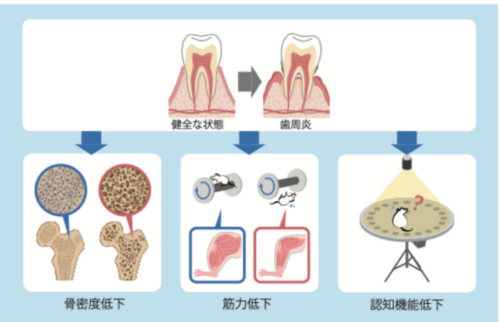2025-01-31 ミュンヘン大学(LMU)

Sheep migrated westward with their owners from the Fertile Crescent. | © J. Peters
<関連情報>
- https://www.lmu.de/en/newsroom/news-overview/news/ancient-dna-reveals-the-11-000-year-intertwined-history-of-sheep-and-humans.html
- https://www.science.org/doi/10.1126/science.adn2094
古代ゲノムと家畜ヒツジの起源、分散、発展 Ancient genomics and the origin, dispersal, and development of domestic sheep
Kevin G. Daly, Victoria E. Mullin, Andrew J. Hare, Áine Halpin, […], and Daniel G. Bradley
Science Published:30 Jan 2025
DOI:https://doi.org/10.1126/science.adn2094
Editor’s summary
Sheep have provided key resources for human society through their domestication, most iconically wool for making textiles; however, the origins of sheep are still not entirely clear. Daly et al. sequenced 118 ancient genomes from Eurasian domestic and wild sheep samples spanning the past 12,000 years. They found that a Neolithic Turkish population likely represents a basal lineage to modern domesticated sheep, but other wild varieties such as a steppe-derived group contributed a large degree of diversity to modern populations. This study explores some of the complex dynamics that played a role in sheep domestication and reveals some potential parallels with human migrations. —Corinne Simonti
Abstract
The origins and prehistory of domestic sheep (Ovis aries) are incompletely understood; to address this, we generated data from 118 ancient genomes spanning 12,000 years sampled from across Eurasia. Genomes from Central Türkiye ~8000 BCE are genetically proximal to the domestic origins of sheep but do not fully explain the ancestry of later populations, suggesting a mosaic of wild ancestries. Genomic signatures indicate selection by ancient herders for pigmentation patterns, hornedness, and growth rate. Although the first European sheep flocks derive from Türkiye, in a notable parallel with ancient human genome discoveries, we detected a major influx of Western steppe–related ancestry in the Bronze Age.


